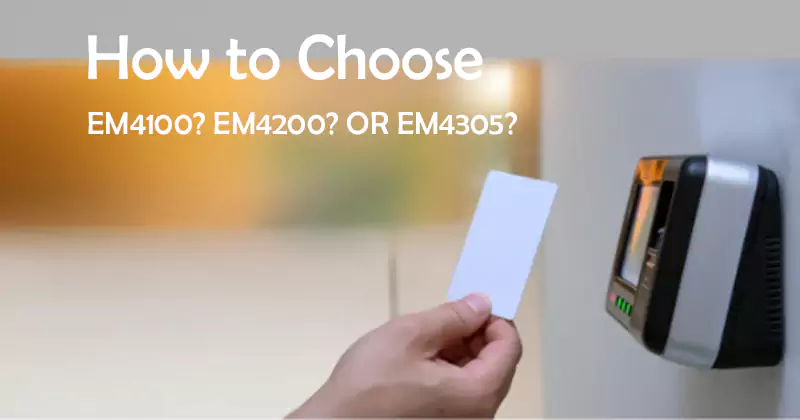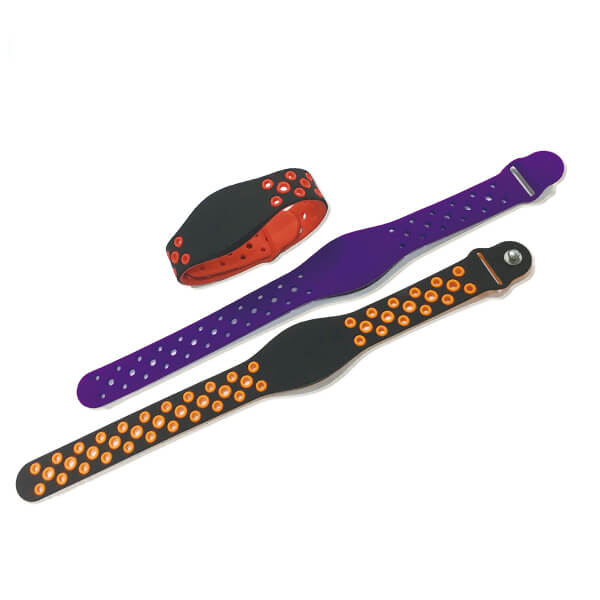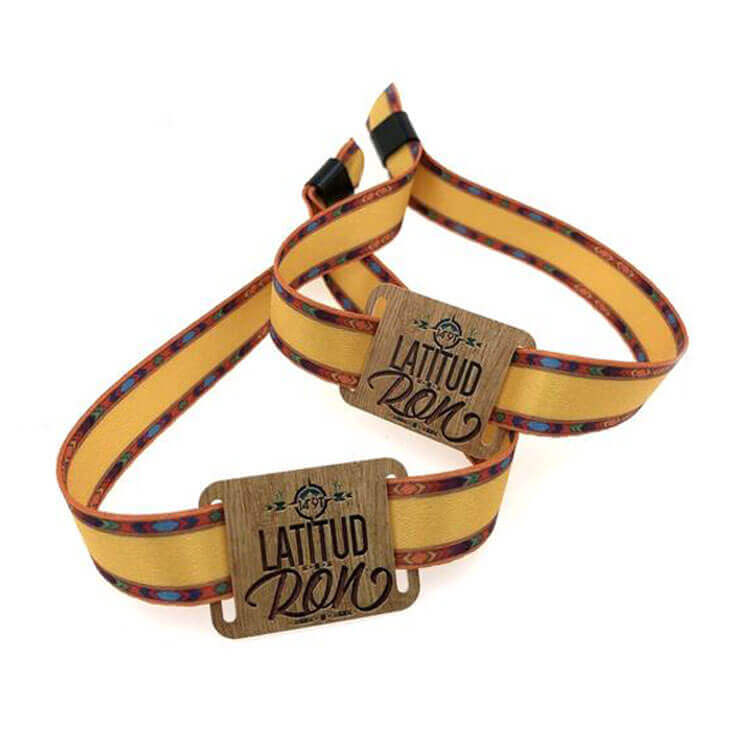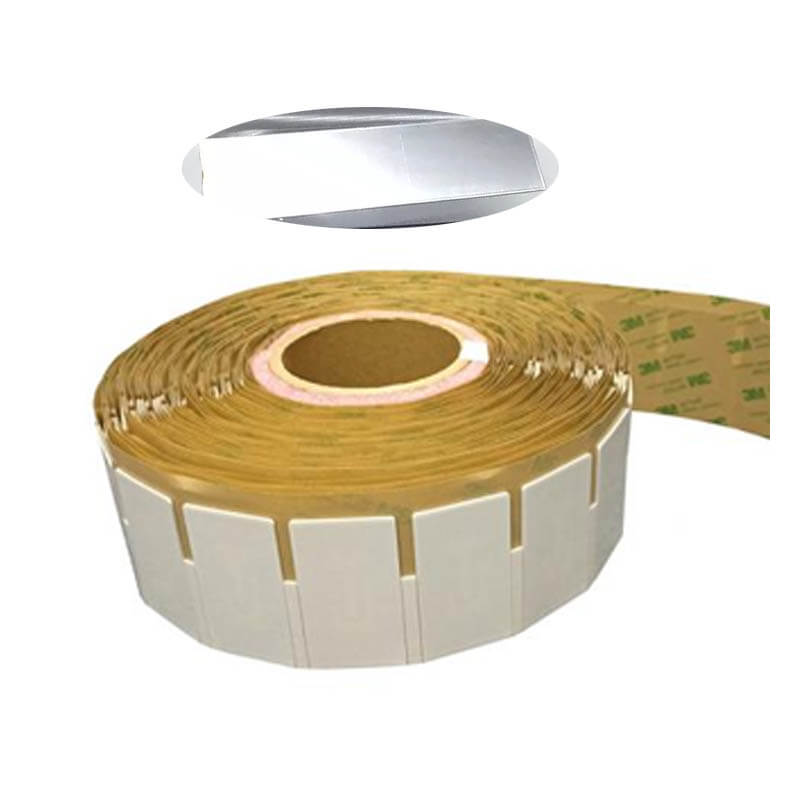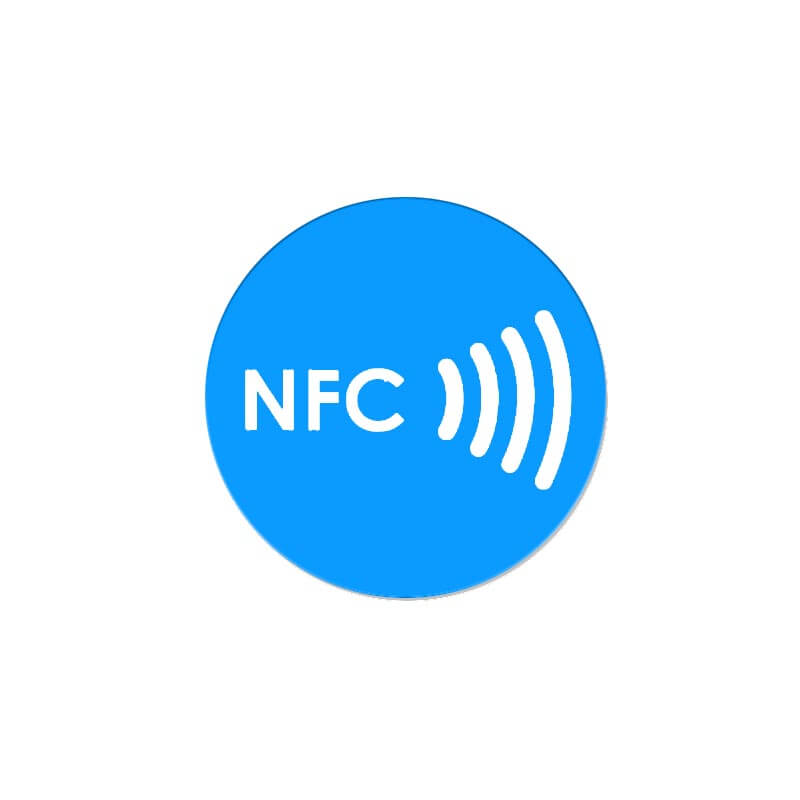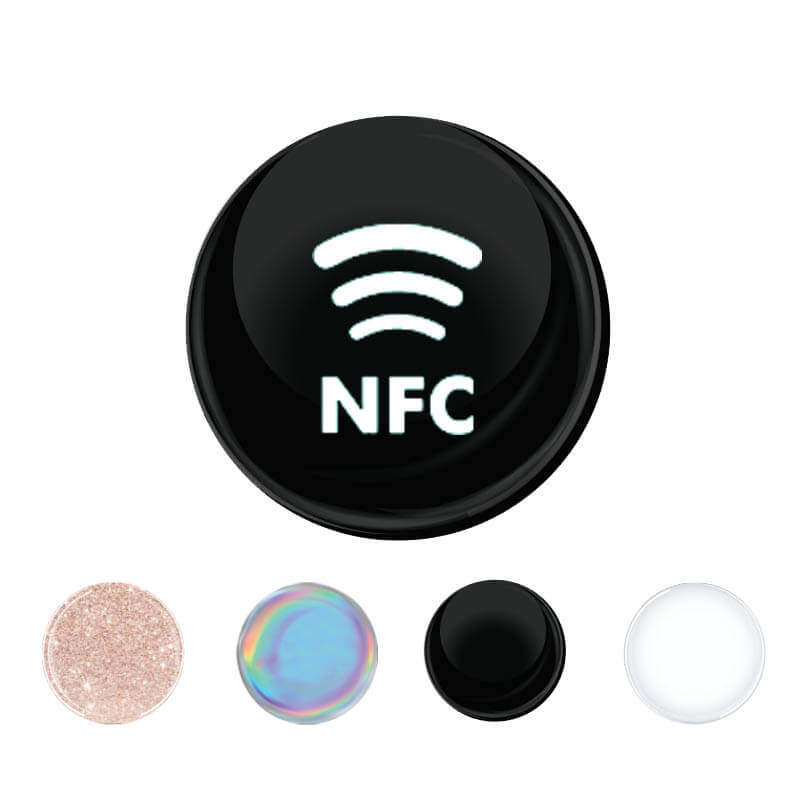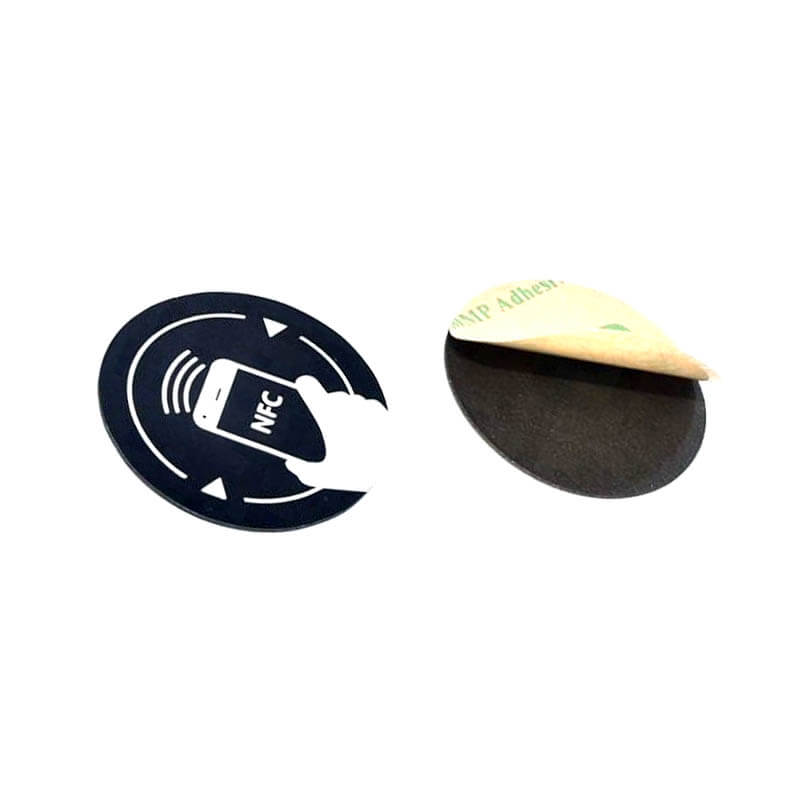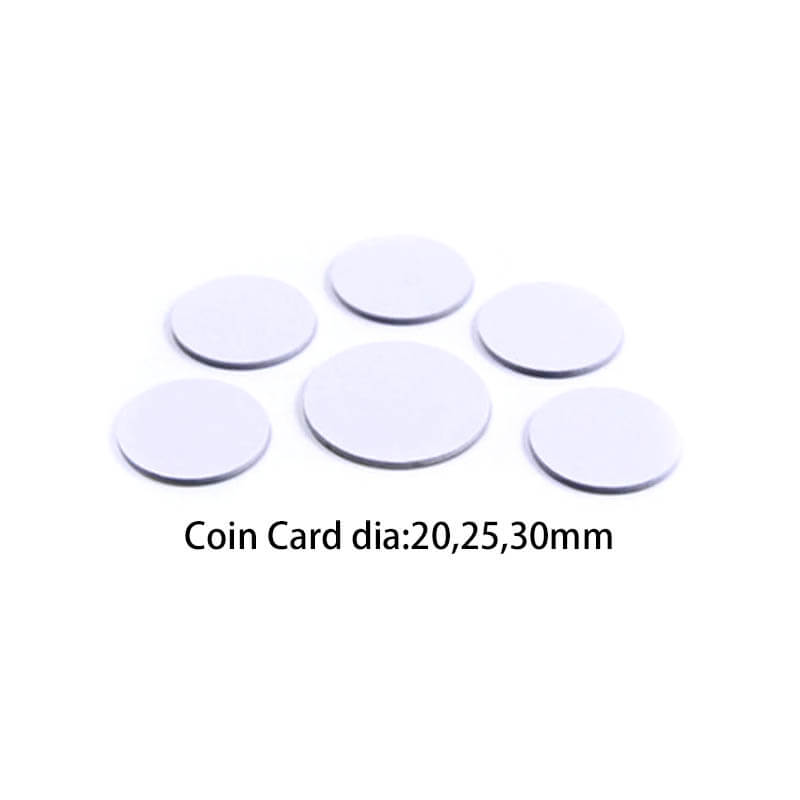The EM chip is a contactless radio frequency identification chip that comes with the read/write function. It is interesting to know that this EM chip is a function of EM Microelectronics in Switzerland with a frequency range of 100-150 kHz. If you need a contactless RFID chip that requires reduced power consumption, the EM chip is your best bet.
As touching multiple-data standard transmission, the EM chip is super-efficient, and with its low power consumption, it allows for smooth data encoding means. In addition to its ISO 11784/11785 standard compatibility, this RF chip is in conformity with the ISO FDX/B (animal identification) approved model.
Also, the RF chip has a wide range of uses in tracking system management, animal identification and a host of others.
Generally, the EM chip comes with reading/write password protection (32-bits), a user code (10-bits) and a unique ID code (32 bits). Also, the EM card comes with an EEPROM memory of 512 bits, and it has 16 distinct sectors, with each sector having 32 bits.
The lock bits can transform the EEPROM data block to the read-only mode. With the EM4469, you can get a broad range of data encodings and rates with low power. More so, the EM4469 is fully operational with its resonant capacitors that are internally integrated and are mask selectable. Hence, there is no need for external capacitors.
Also, the EM series RFID chip comes with a voltage limiter and internal chip rectifier, which works between -40 degrees Celsius- 85 degrees Celsius.
EM4100 Chip
The first Chip in the EM Series is the EM4100 Chip. This Chip is 65-bits, and it is a low-frequency, contactless and read-only identification system/device. The EM4100 Chip works with an enhanced chip packaged model that is a profound solution and model for contactless-card applications. Similarly, the EM4100 chip model allows for special printing services and uniquely crafted cards that are useful for the application environment.
Summarily, the EM4100 Chip is useful in identity identification, attendance systems, property identification and access control systems. The EM4200 Chip is the upgraded chip version of EM4100.
EM4200 Chip
The EM4200 Chip is a low-frequency contactless ID device, which is 128bits read-only. It is a Complementary metal-oxide-semiconductor (CMOS) incorporated circuit useful for electronic read-only radio frequency transponders.
It is structured to be a worthy alternative to the EM Microelectronic Marin Read-only Integrated Circuits EM4005/4105 and EM4100/4102. When you compare the EM4200 Chip to the EM4100/4102 or the EM4005/4105, it gives a greater reading range results and higher resonant capacitors on its coil terminals.
The EM4200 Chip’s 128-bits special code is safely reserved in a laser-operated ROM. There are various ROM options you can use like 64-bits, 96-bits, or 128-bits. What’s more, its circuit gets its power from an extrinsic coil in an electromagnetic field, which also powers its master clock.
When you switch the modulation current on and off, the Chip transmits the special code in an automated laser ROM.
It would amaze you to be aware that the EM4200 Chip is useful in animal identification in conformity with the ISO11785 standards. Also, it is used in anti-counterfeiting systems and access control. Furthermore, the EM4200 Chip is used in waste management and industrial transponders.
EM4205/4305 Chip
The EM4205/4305 is a 512-bits contactless low-frequency multi-purpose ID device. It is a Complementary metal-oxide-semiconductor (CMOS) incorporated circuit useful for electronic read-only radio frequency transponders.
It is proficient for solutions that don’t demand much costs, such as applications for animal tagging. The integrated circuit-communication protocol and the EM4469/4569 family are compatible. Even though EM4205 and EM4305 have some similarities, they have a major difference that sets them apart.
Now, EM4305 comes with big bumped pads that suitably contain the two coil inputs. These big bumped pads are used for direct antenna connection without the need for a module. Also, the EM4305 provides a resonant capacitor of 330pF. The integrated circuit gets its power from the 125 kHz running magnetic field through an external coil that combines with the integrated capacitor to produce a resonant circuit.
Afterward, from the internal EEPROM, the integrated circuit transmits the data to the coil. It achieves this by toggling the resistive load on and off with a big modulation index. The EEPROM data updates and the system commands can be triggered when the 125 kHz magnetic field undergoes 100% AM modulation.
The EM4205/4305 group powers the data and bi-phase encodings (Manchester). The EEPROM configuration stores its operating modules. And the EEPROM words get their write protection by configuring the protection bits.
The integrated circuit comprises a unique identification number of 32-bits. And as regards its application, the EM4205/4305 is useful in access control and animal identification in conformity with the ISO FDX-B standards. It also comes in handy for waste management systems.
EM4095 Chip
The EM4095 was previously known as the P4095 Chip, and it comes with a frequency range of 125 kHz-134 kHz. And it is fortified with a read/write front-end analog to enable an RFID base station. The EM4095 is a Complementary metal-oxide-semiconductor (CMOS) incorporated transceiver circuit that allows for RFID base-station for various functions.
The EM4095 uses the carrier frequency to activate the antenna driving, and it enables microprocessor communication using a simple interface. You can effortlessly find EM4095 chips in car immobilizers and low-cost readers, and hand-held reader.
EM4097 Chip
The EM4097 Chip, formerly called the P4097, comes with the read/write analog front-end integrated circuit. It has the serial micro-coulombs interface useful in RFID base-station applications with a frequency range of 125- 134.2 kHz. More so, the EM4097 Chip is notable for its low power usage, making it more economical than many RFID chips on the market.
More so, the EM4097 Chip has a Complementary metal-oxide-semiconductor (CMOS) incorporated transceiver circuit useful for RFID base-station to carry out a variety of functions.
To start with, the EM4097 Chip impacts the antenna driving with carrier-frequency to power the transponder with energy. The EM4097 Chip also enables the writable transponder to transfer data with amplitude modulation of the field.
The data transfer from the transponder is enabled via phase or amplitude demodulation. Lastly, it has a micro-coulombs interface that communicates with the microprocessor.
The EM4097 Chip is useful in Animal ID readers and hand-held low-frequency readers.
EM4450 Chip
The EM4450 Chip is one of the latest EM series available. It is a 1-kbit contactless, low-frequency ID device. Like most of the chips mentioned above, it is a Complementary metal-oxide-semiconductor (CMOS) incorporated circuit useful for electrical read/write radio frequency transponders.
It is important to mention that the EM4450 Chip comes with an EEPROM of 1 Kbit that can be remodeled by any user. This remodeling or configuration allows for a read-protected area, a write-inhibited area with a read-area output with a never-ending switched-on power.
The memory of the EM4450 Chip can be secured with the 32-bit password for every read and write protected functions. It is easy and feasible to update the password; however, it cannot be read. The serial number code is fixed, and alongside with the device identification, they are laser-programmed. This makes every Chip different and unique.
Also, the EM4450 Chip sends data to the transceiver, and it achieves this by the electromagnetic field’s amplitude modulation. Similarly, it receives commands and data. With simple commands, the EEPROM can be written for updating the password, reading a unique memory region and resetting the logic.
In this case, the only important external constituent is the tuned circuit’s coil. At the same time, the rest functions are incorporated into the Chip.
The EM4450 Chip is useful in ticketing, prepayment applications and manufacturing automation. More so, it comes in handy when setting up industrial automation that has a portable database.
What’s the difference between them?
It is vital to mention that before you select an EM chip, you need to be sure of what you need it for. Each EM chip mentioned in this piece comes with their own peculiarities that distinguish them from one another. You will also observe that each EM chip has variable features like bit size, memory capacity, and a host of others.
Hence, depending on what you need the EM chip for, it is necessary to be sure about your specific needs before opting for any.
Also, almost all the EM chips group require low-power for operation. This means you don’t have much to worry about touching the power capacity of any EM chip you buy. If you don’t know which one to opt for, it is important to contact a professional before making any choice.
Each EM chip is special in its way, and even though they have similar features, it is best to be fully certain before getting any.

